Operations with Scientific Notation Worksheet 8th Grade
Does the thought of simplifying and performing operations with scientific notation overwhelm you? Well, fret no more! This blog post is here to provide you with a valuable resource – an 8th-grade level worksheet that will help you practice and master these skills. Whether you're an 8th-grade student preparing for an upcoming test or a parent helping your child with their homework, this worksheet is designed to make operations with scientific notation easy and enjoyable.
Table of Images 👆
What is the definition of scientific notation?
Scientific notation is a way of expressing very large or very small numbers in a more compact form using powers of ten. It consists of a number between 1 and 10 multiplied by a power of 10, where the power indicates how many places the decimal point needs to be moved to represent the original number.
How do you convert a number from standard notation to scientific notation?
To convert a number from standard notation to scientific notation, you move the decimal point in the original number so that there is only one non-zero digit to the left of the decimal point. Then, you multiply this number by 10 raised to the power of the total number of places you moved the decimal point (if you moved the decimal point to the left, the exponent is positive; if you moved it to the right, the exponent is negative). This resulting number is in scientific notation.
How do you convert a number from scientific notation to standard notation?
To convert a number from scientific notation to standard notation, you simply multiply the coefficient (the number before the "x10^" part) by 10 to the power of the exponent. For example, if you have a number like 5.6 x 10^3, you would multiply 5.6 by 10^3, which is 1000, to get the standard notation of 5600.
How do you multiply two numbers in scientific notation?
To multiply two numbers in scientific notation, you first multiply the two numerical values and then add the exponents of the powers of 10. This gives you the product in scientific notation form. It is important to ensure that the final result is also in proper scientific notation format, where the coefficient is between 1 and 10.
How do you divide two numbers in scientific notation?
To divide two numbers in scientific notation, you divide the coefficients and subtract the exponents. For example, to divide 5.4 x 10^3 by 2.7 x 10^2, you would divide 5.4 by 2.7 to get 2, and subtract the exponent of 10^2 from the exponent of 10^3 to get 10^(3-2) = 10^1. Therefore, the result of dividing these two numbers in scientific notation would be 2 x 10^1, which simplifies to 20.
How do you add or subtract two numbers in scientific notation?
To add or subtract two numbers in scientific notation, first ensure that the exponents of the two numbers are the same. If they are not, adjust one or both numbers so that the exponents match. Once the exponents are aligned, simply add or subtract the coefficients of the numbers while keeping the exponent unchanged. Finally, normalize the result by adjusting the decimal point to form a number in proper scientific notation.
How do you round a number in scientific notation to a certain number of significant figures?
To round a number in scientific notation to a certain number of significant figures, first convert the number to standard form. Then, round the coefficient to the desired number of significant figures while preserving the exponent. Finally, convert the rounded number back to scientific notation to arrive at the rounded value with the specified significant figures.
What is the purpose of using scientific notation in science and math?
The purpose of using scientific notation in science and math is to represent very large or very small numbers in a more concise and manageable format. It allows for easier calculations, comparisons, and understanding of numbers that span multiple orders of magnitude, enabling scientists and mathematicians to work with a wide range of values more efficiently and effectively.
How is scientific notation used in real-life applications or examples?
Scientific notation is commonly used in real-life applications such as astronomy to represent extremely large or small numbers, in physics for measurements of distances and sizes of atoms, in chemistry for expressing molecular weights and concentrations, in engineering for calculations involving very large or very small values, and in finance for dealing with large numbers such as currency exchange rates and national debt. It allows for easier manipulation and comparison of numbers that are outside of the typical range of numerical values.
What are some common mistakes or errors that students make when working with operations in scientific notation?
Some common mistakes that students make when working with operations in scientific notation include forgetting to properly convert numbers to the same power of 10 before performing the operations, misplacing the decimal point when multiplying or dividing, incorrectly adding or subtracting exponents, and forgetting to convert the final answer back to scientific notation if necessary. It's important for students to pay attention to these details to avoid errors and ensure accurate calculations when working with operations in scientific notation.
Have something to share?
Who is Worksheeto?
At Worksheeto, we are committed to delivering an extensive and varied portfolio of superior quality worksheets, designed to address the educational demands of students, educators, and parents.





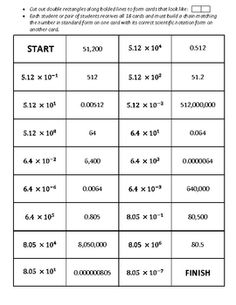

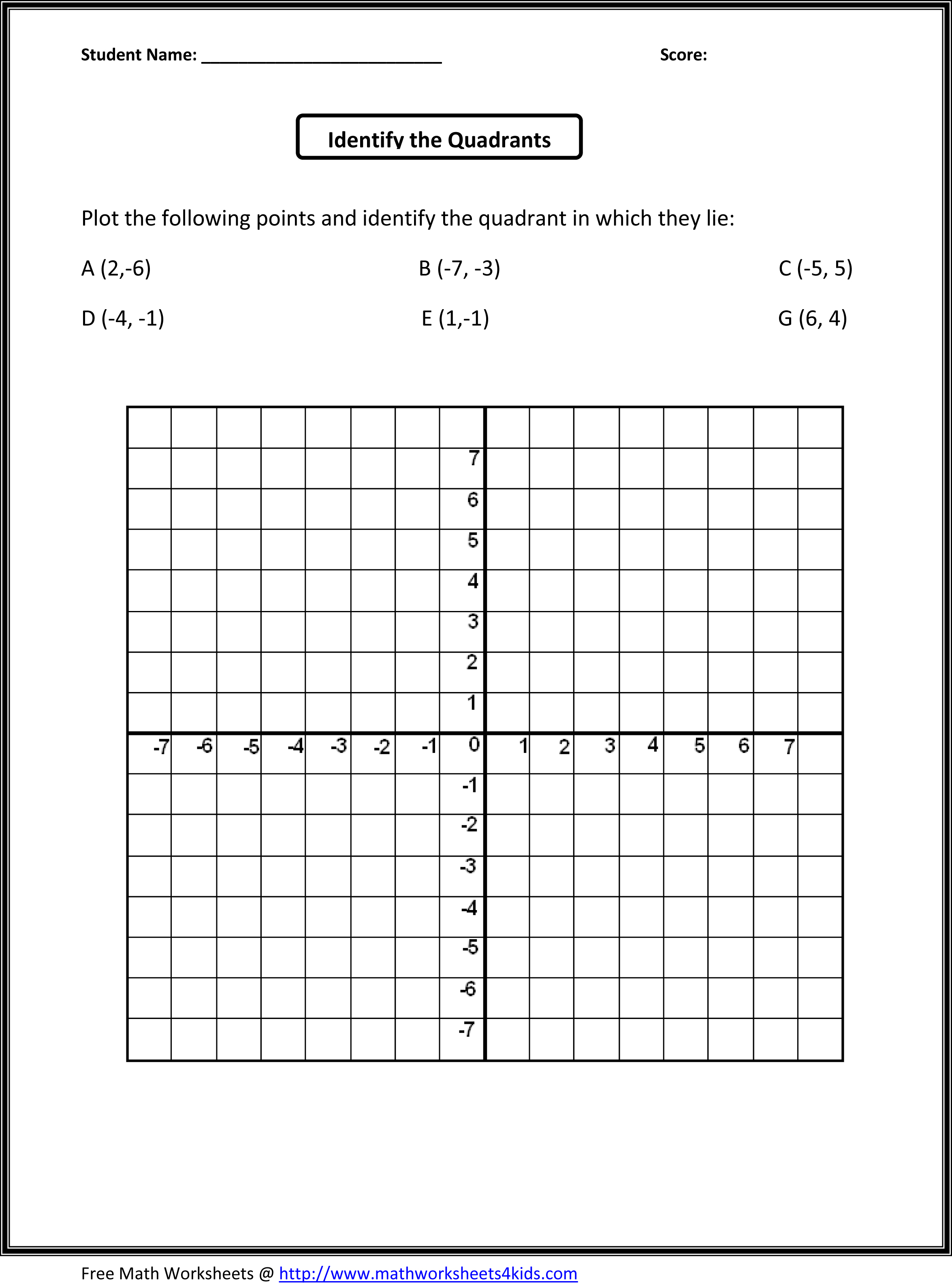

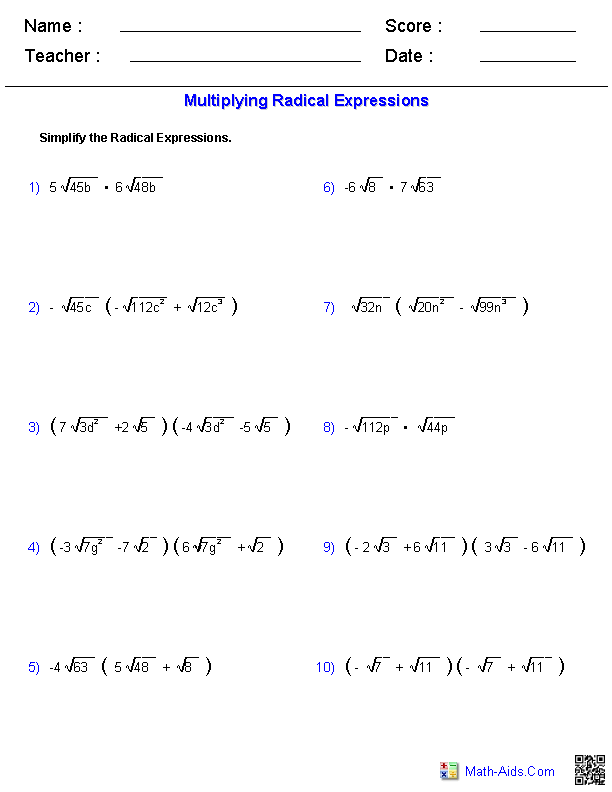
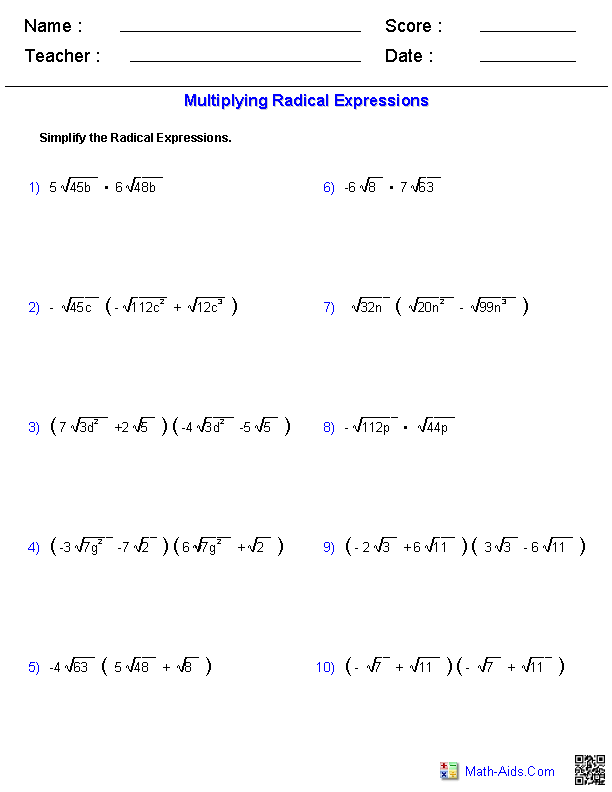
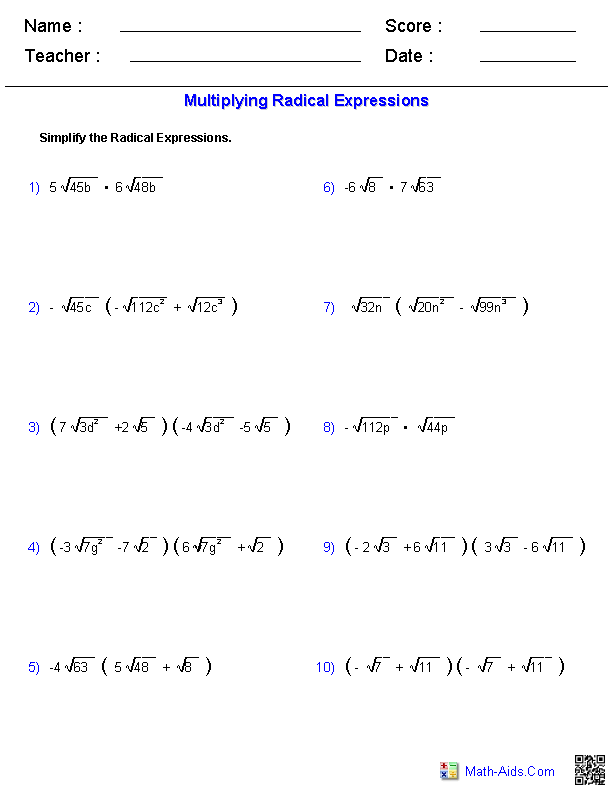
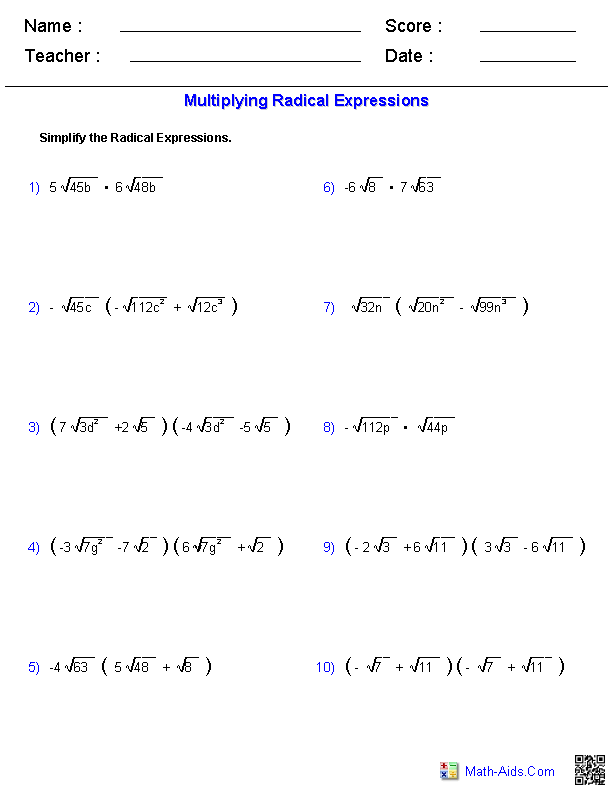
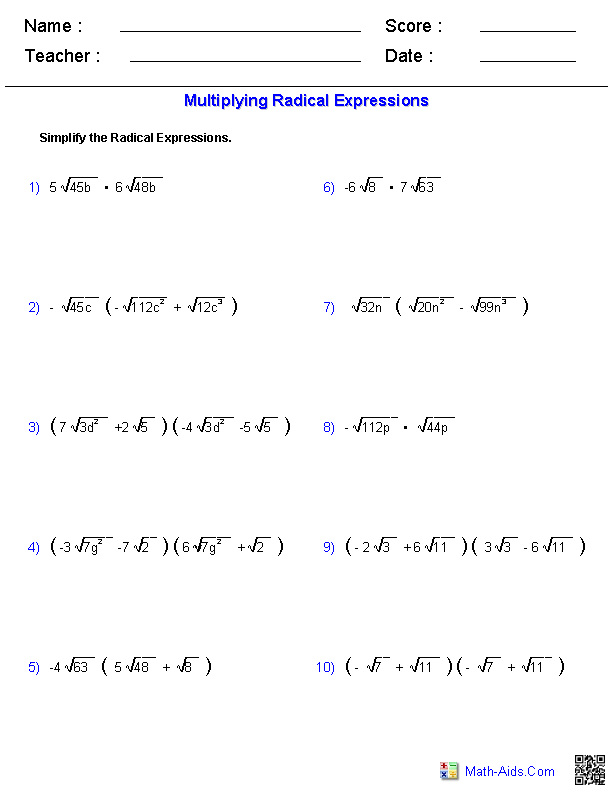
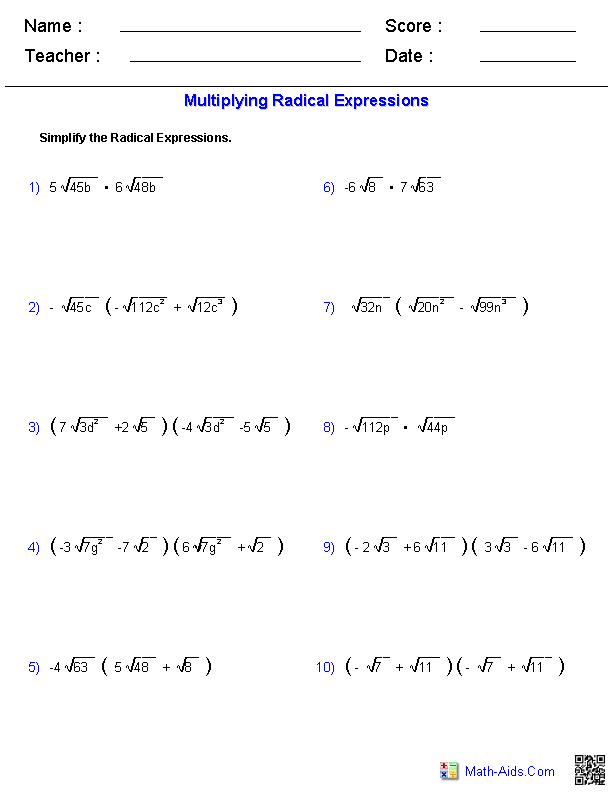
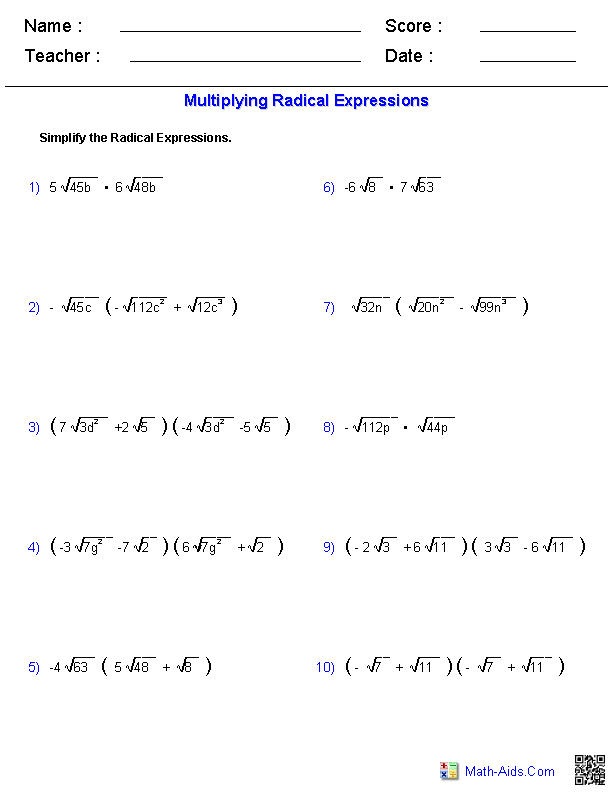
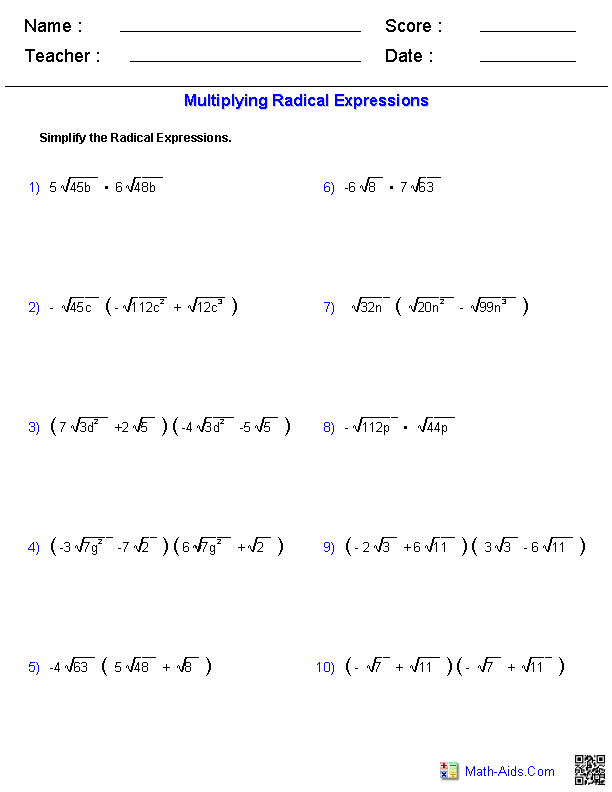
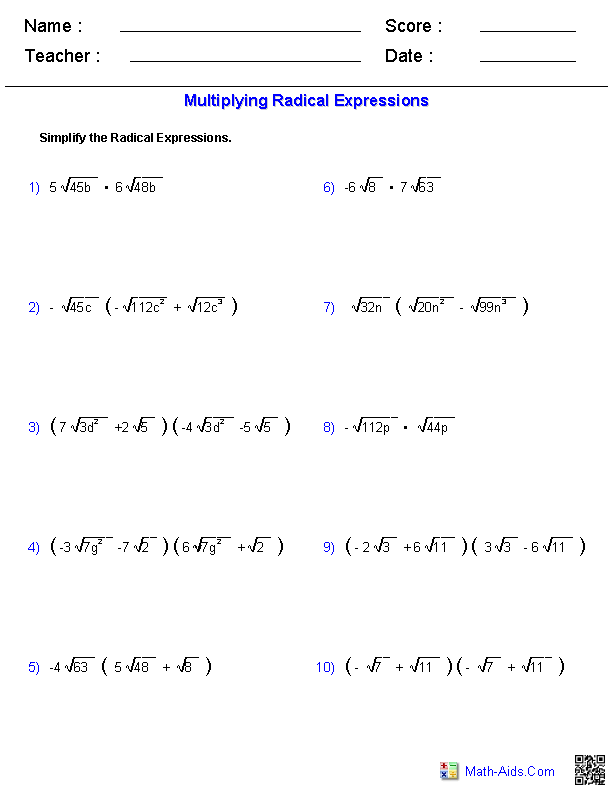
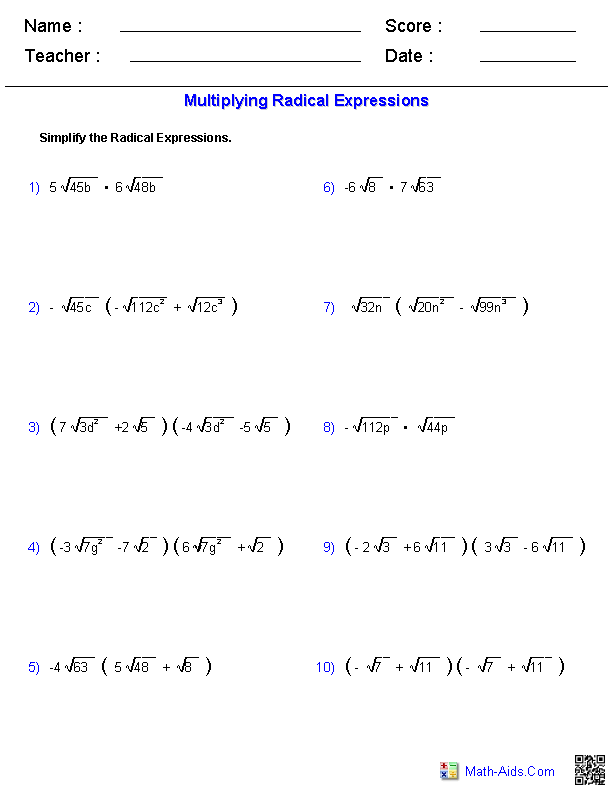

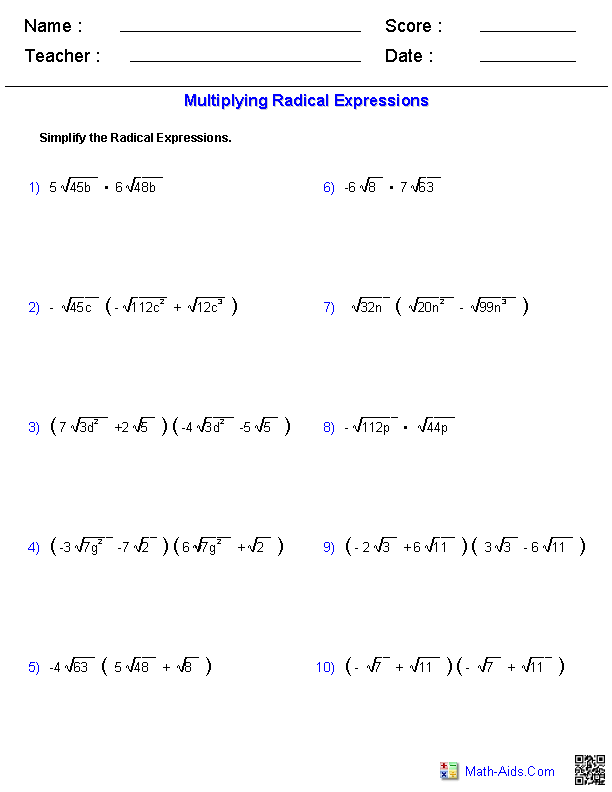









Comments